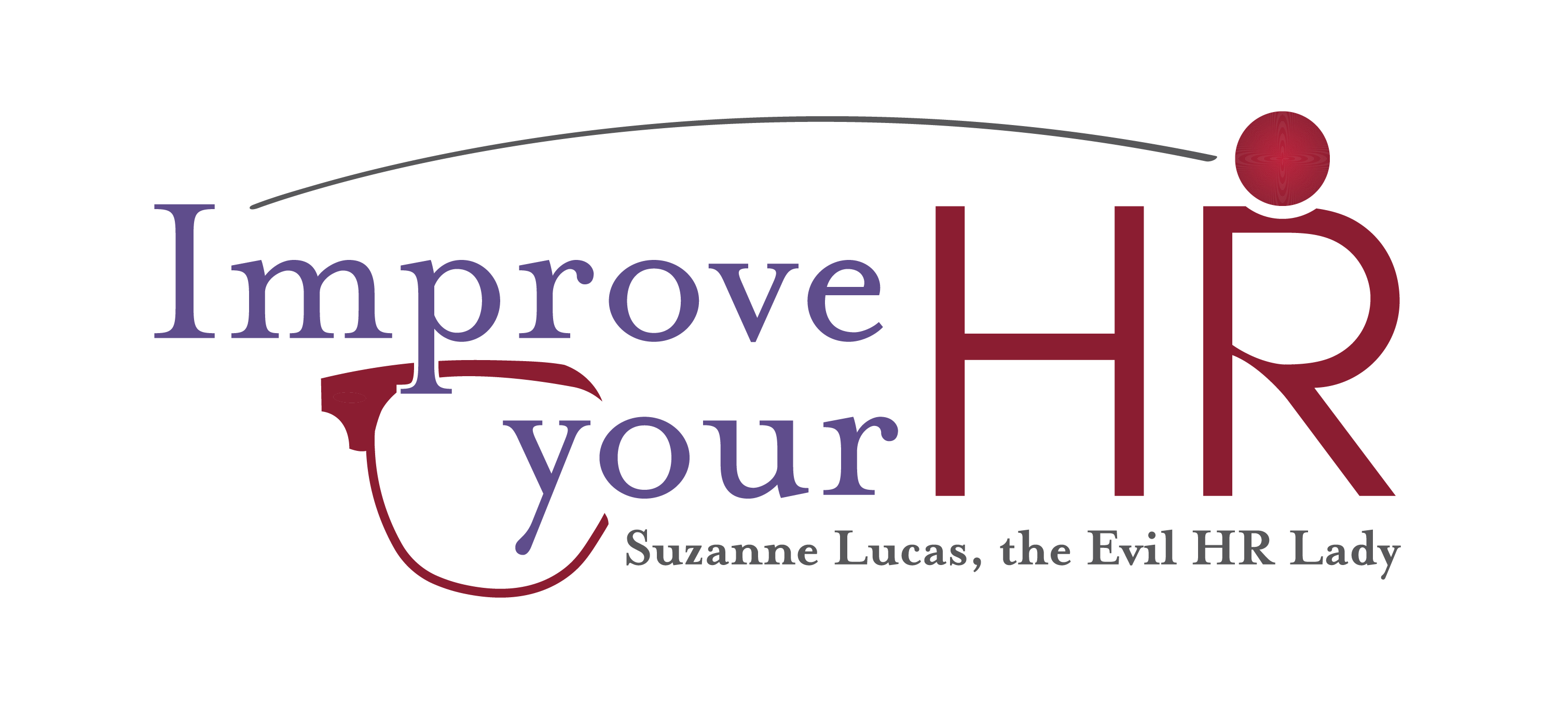As technology increases, it becomes easy to automate processes. This is, of course, a good thing. Machines make the things we use daily, and people don’t have to hand-dip candles to provide light.
But what happens when AI steps in and does low-level tasks? It saves people time and allows people to focus their skills on higher-level tasks, which seems like a tremendous economic benefit, but it raises a key question: How do you learn to do higher-level tasks without mastering the entry-level tasks?
Likewise, how do you hire for mid-level roles when people lack entry-level experience?
A Disappearing Funnel
“To be brutally honest, we had a hierarchy of things that technology could do,” Erik Brynjolfsson, a Stanford Institute for Human-Centered AI professor, told The New York Times, “and we felt comfortable saying things like creative work, professional work, emotional intelligence would be hard for machines to ever do. Now that’s all been upended.”
To keep reading, click here: The Disappearance of Entry-Level Jobs

The problem with no entry-level jobs and more people starting out with degrees is the assumption that simple classroom training equates the individual with a perceived skill, which we all know is non-existent unless one has actually done the skill work themselves. This is like saying if you read or study a driver’s manual and pass the written test, you know how to drive. There are too many developmental work skills being not developed correctly by skipping these entry-level job positions. Granted from the business corporate end, it lowered their labor cost which they are always trying to cut out as much as possible. Both sides need to realize that skills are not always gained in non-practical applications.